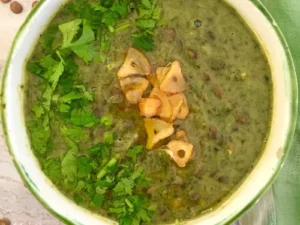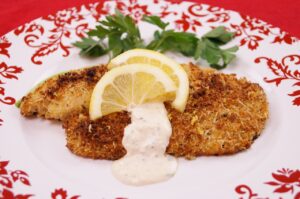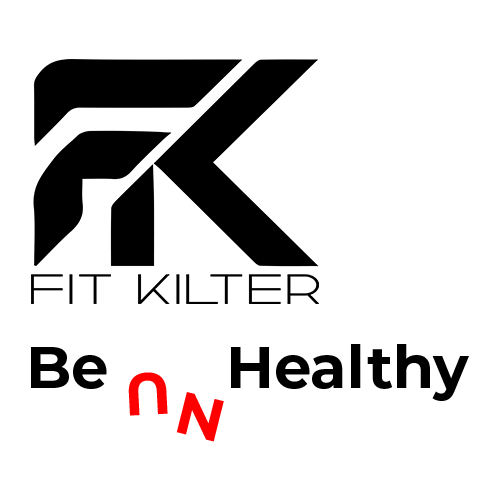Exercise is essential for maintaining physical fitness and overall health, but it’s not just about the main workout itself. Warm-up and cool-down periods are equally important components of any exercise routine, playing a crucial role in maximizing performance, preventing injury, and promoting recovery. In this article, we’ll explore the importance of warm-up and cool-down in exercise and how they contribute to a safe and effective workout.
Warm-Up: Preparing the Body for Exercise
A warm-up is a brief period of low- to moderate-intensity exercise that precedes the main workout. Its primary purpose is to prepare the body physiologically and psychologically for the upcoming exertion. Here’s why a warm-up is essential:
- Increased Blood Flow: Engaging in light aerobic activity during a warm-up increases blood flow to the muscles, delivering oxygen and nutrients while removing waste products. This helps prime the muscles for exercise and reduces the risk of injury.
- Improved Flexibility and Range of Motion: Dynamic stretching exercises performed during a warm-up help improve flexibility and range of motion in the joints. This allows for smoother, more fluid movement during the workout and reduces the risk of strains and sprains.
- Enhanced Muscle Activation: Gradually increasing the intensity of exercise during a warm-up helps activate the muscles and nervous system, improving coordination, balance, and proprioception. This helps prepare the body for more intense movements during the main workout.
- Mental Preparation: A warm-up provides an opportunity to mentally prepare for the upcoming workout, allowing you to focus your attention and set intentions for the session ahead. This can help improve concentration and performance during the workout.
Cool-Down: Facilitating Recovery and Adaptation
After completing the main workout, it’s essential to allow the body to gradually return to its resting state through a cool-down period. A cool-down typically consists of low-intensity aerobic activity followed by static stretching exercises. Here’s why a cool-down is important:
- Promotes Recovery: Engaging in light aerobic activity during a cool-down helps remove metabolic byproducts such as lactic acid from the muscles, reducing muscle soreness and fatigue. This promotes faster recovery and prepares the body for future workouts.
- Prevents Blood Pooling: Cooling down gradually allows the heart rate and blood pressure to return to baseline levels, preventing blood from pooling in the extremities. This reduces the risk of dizziness and lightheadedness after exercise.
- Facilitates Flexibility Maintenance: Performing static stretching exercises during a cool-down helps maintain and improve flexibility, preventing muscles from becoming tight and stiff. This can improve overall mobility and reduce the risk of injury over time.
- Promotes Relaxation and Mental Well-Being: A cool-down provides an opportunity to unwind and relax after a challenging workout, promoting feelings of calmness and well-being. This can help reduce stress and tension in both the body and mind.
Incorporating Warm-Up and Cool-Down into Your Routine
To reap the benefits of warm-up and cool-down, aim to spend 5-10 minutes on each before and after your main workout, respectively. Choose dynamic stretching exercises that target major muscle groups during the warm-up and incorporate static stretches focusing on tight areas during the cool-down. Listen to your body and adjust the duration and intensity of your warm-up and cool-down based on your fitness level and the intensity of your workout.
In conclusion, warm-up and cool-down are essential components of any exercise routine, helping to prepare the body for activity, prevent injury, and promote recovery. By incorporating these periods into your workouts, you can maximize performance, minimize the risk of injury, and enhance overall well-being. So, don’t skip the warm-up and cool-down – your body will thank you for it!













